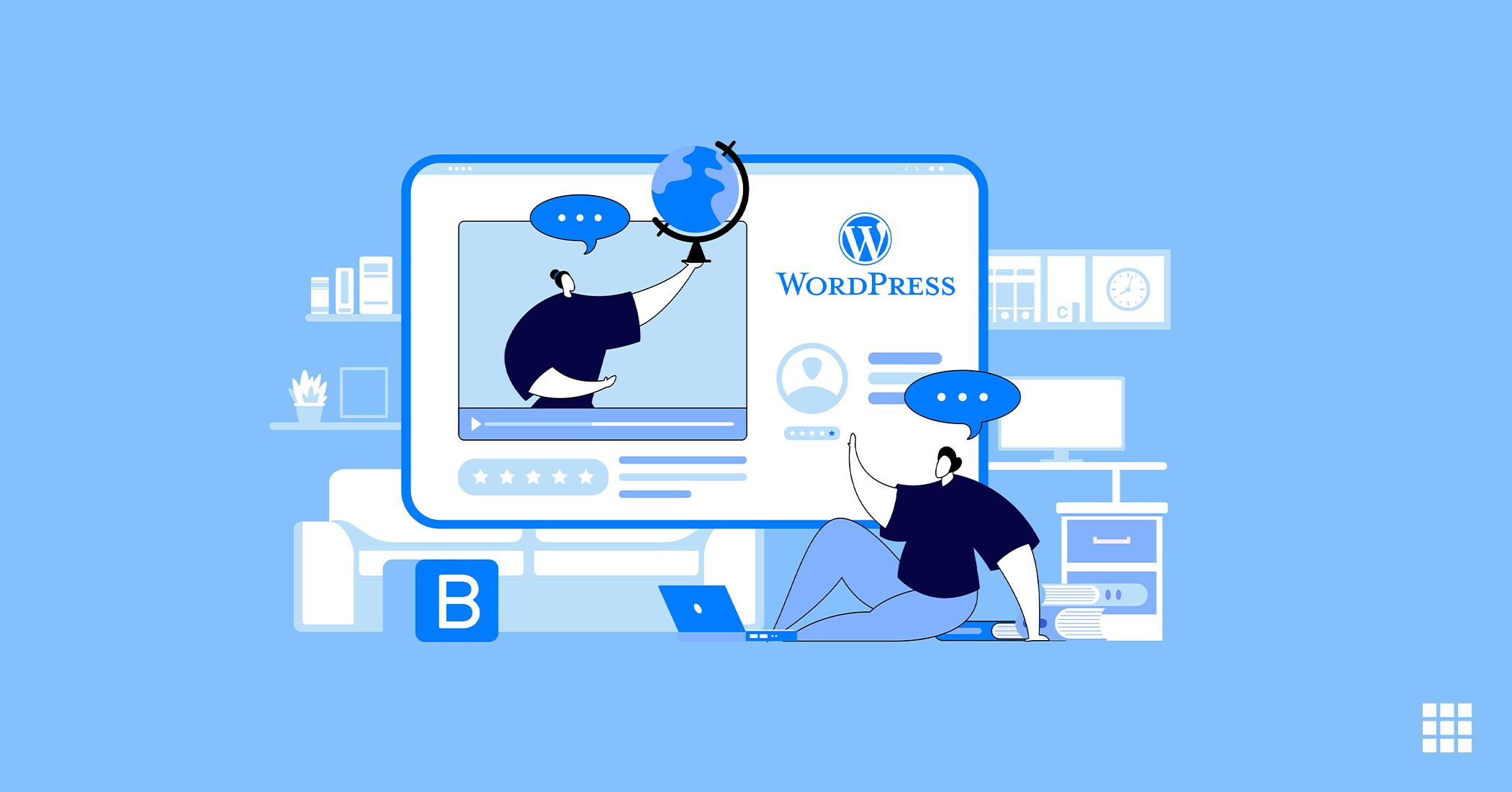A strong content strategy for your website is not a choice — it’s an absolute necessity!
Why? Well, imagine yourself as a customer; you could be buying shoes or even a house! You get online and start looking for relevant websites that offer you the desired products and services. Your search leads you to a website that seems to have it all, you click — you’re now lost! The Homepage doesn’t make you feel welcome, you don’t know what you’re getting and you clearly don’t know how to get to what you need. Great, you find the product in some corner but you have no idea what brand it is, how you can use it or how you can buy it — it’s time to get out of here!
A website is your brand’s digital address. Just like at any physical store, a customer expects to be welcomed and most importantly expects to be ‘shown around’. And, while at a physical store it’s easy to charm your customers and talk to them face-to-face to click with them, on a website it’s your website content strategy that will make them ‘click’.
Every piece of content on your website needs to engage, be helpful, be concise and be intentional. You need your website content to create a strong impression and convince your customers that they want to do business with you; without being pushy!
The key to a strong website content strategy is well planned and structured content that drives results.
Key Factors That Create a Strong Website Content Strategy
Today, businesses want much more than just sales and revenue from their customers. Creating an impact, leaving a strong impression, engagement and fostering communication have become equally important parameters to measure success. Brands and businesses are keen to know their customers to be able to better serve them and build long-lasting relationships rather than one-time services.
This is where a strong website content strategy comes in. It makes sure your website content:
- Tells a story
- Triggers emotions
- Is insightful and not pushy
From the moment a potential or existing customer walks in, they should be able to make that connection with your brand website. Here are key factors that can help you create an effective website content strategy:
Know Who You’re Writing For
Your website content will not work if you aren’t directly addressing your target audience. Imagine convincing a toddler to buy an insurance policy — it won’t sell! You need to know who your audience is to be able to create a website content strategy that works for them. In marketing terminology, it’s called Research and Create Buyer Personas. Simply put, you imagine who your ideal customer is and look at ways to address their needs. This includes thinking of your ideal customer’s gender, age group, geographical location, interests and more. By doing this, your website content will address the right information, in a tone and language that most resonates with your target audience and you’ll be able to effectively drive home the desired messaging.
Plan and Draft Website Pages
Before you start writing your website content plan and understand how many website pages do you need. You cannot put too much information on one page and neither can you dedicate individual pages for everything you want to share. Start planning! You will need a Homepage or an Entry Page, and a strong one at that! Your homepage is the first impression you’ll make and it sets the tone for your entire website. From design to copy; from helpful to engaging — your Homepage needs to be all of it. Other website pages you might need, include:
- About Us Page: To let your customers know who you are and what you stand for. This can also help customers see the human behind the machines!
- Contact Us Page: To help customers reach out to you, easily and through multiple channels. This lets your customers know you are accessible and ready to hear them out!
- Product Catalogue Pages/Services page: To help your customers browse through the products/services you offer. This helps customers know details and information about each and every product/service you offer, including uses, cost, and other necessary details.
- Customer Journey Pages: To make it easier for customers to complete their buying journey. This helps customers know what to do to complete buying a product/service from your website.
Apart from these pages, you can create other website pages depending on the products or services you offer. For example, you could have a Blog or Tutorials page. You might also need to create additional landing pages, for example, if you have an eBook or a guide to further help your customers you could link it within an existing website page.
Set Tone and Intention For Each Page
Now that you have a fair idea of how many and what website pages you want for your website it’s time to set a tone and intention for each. Each website page has a different and set intention — it’s the action you want your customers to take. For example, on a Contact Us Page, your intention is to initiate contact so a button that says ‘Contact Us’ sets the intention. Similarly, ‘Buy Now’, ‘Add to Cart’, ‘’Know More’, ‘Read More’ etc are all Call-to-Action buttons or CTAs that help customers know what you expect them to do, and makes it easier for them to navigate through your website. With a clear content strategy in place, you will be able to craft compelling messaging that persuades customers to go ahead and take that desired action without seeming pushy.
Start Writing
After all this planning and structuring, it’s now time to start writing your website content. While being creative and original are a priority, also make sure you search for the relevant Keywords to maximise Search Engine Optimisation. Do not stuff or force-fit Keywords, rather sew them in naturally and organically. Make a skeleton by dividing the page into headings and subheadings, then fill in chunks of content within it. Include statistics wherever possible instead of making fake claims or making it sound like a marketing gimmick. For example, saying that 100% of our customers rate us 5/5, add real customer reviews and feedback to add credibility to your products and services. Once you flesh out all the content, review, proofread, review again and cut out all the fluff. Remember, less is more and the more concise your content is, the more impactful it will be.
Sync Website Content Strategy and Design
Your website content strategy and design go hand-in-hand. To be able to highlight your content and make all the important information your customers need to know noticed, your design must be able to do that for you. The right layout, font styles, colours and content blocks make it easier for your website visitors to consume the content you put out.
Ready to Go Live? Wait, you need the right web hosting plan for that! Your website will only drive the desired results when it’s easily accessible and available 24X7 — for that you need the right web hosting provider that offers a great load speed, high uptime and the ease to scale.
Get, Set, Go Live
Yes, you’re all set to take your website live now with an effective content strategy and the right web hosting plan.
It’s important to understand that a website content strategy is only strong when you keep revisiting it, tweaking it and updating it from time to time. As you grow, as your customer base grows and as technology evolves, keep revisiting your content strategy to keep with the times.
If you have any questions or comments please feel free to drop them below. For more, visit our Web Hosting Category page.



